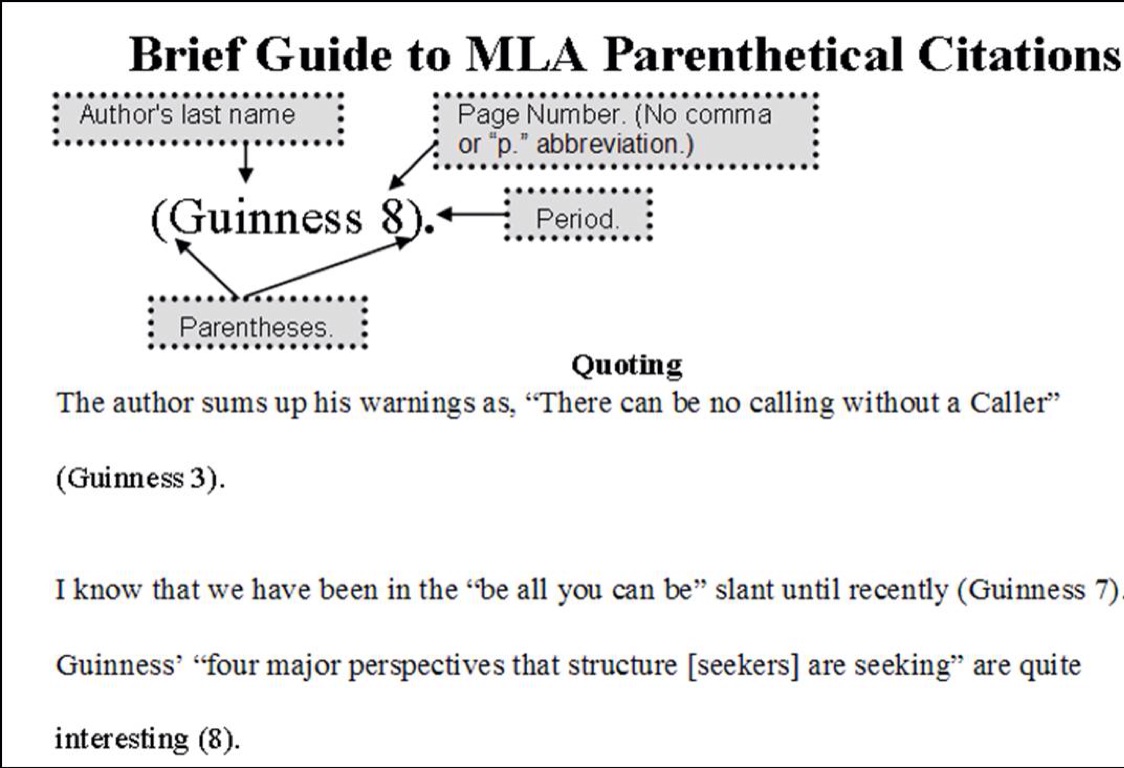

When you summarize someone else’s ideas, you are summing up their main points in a smaller piece of writing that the reader can easily understand. Ideally, you should present these ideas in language that seems natural and easy for you and your readers to understand. You can’t simply change one or two words and claim that you’re paraphrasing. An important part of paraphrasing is acknowledging whose ideas you are presenting and where they come from.Ī paraphrased passage cannot be too similar to the source material. When you paraphrase someone else’s writing, you are presenting their ideas in your own words.
#SUMMARIZE A PARAGRAPH ATTRIBUTIVE TAGS FREE#
When you understand the differences among paraphrasing, summarizing, and quoting, it becomes easier to write flowing, informative pieces that are free from plagiarism.


It’s perfectly acceptable to reference other people’s work, as long as you give credit where it’s due. Whether you’re paraphrasing, summarizing, or quoting, you need to make sure to properly acknowledge where these ideas are coming from or you risk committing plagiarism. If you want to become an accomplished writer, you need to understand when to paraphrase, when to summarize, and when to quote. Here are the most common options:Įach of these options has its own set of various pros and cons. You can reference other people’s writing in a number of different ways. For example, using a quote in your introductory paragraph can “hook” the reader and get them interested. In other instances, referencing powerful ideas can simply enhance the quality of your writing. Referencing other people’s writing is often necessary if you want to provide evidence for your claims and imbue your essays with a greater sense of integrity. Summaries and paraphrases are some of your most useful tools as a writer.


 0 kommentar(er)
0 kommentar(er)
